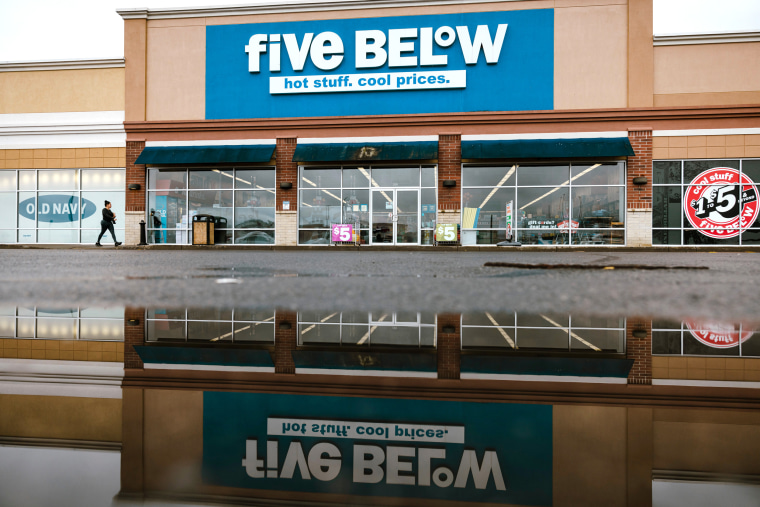Major Retailers Are Renovating Self-Checkout Technology
Major retailers have long been seen as pioneers in self-service technology, aiming to streamline the checkout process and improve customer experience. However, recent trends show that some major retailers are starting to backtrack on self-checkout systems, citing various reasons for the change. This shift in strategy reflects the evolving landscape of retail technology and consumer preferences.
One of the primary factors driving this change is the growing demand for a more personalized and humanized shopping experience. While self-checkout lanes are convenient for many shoppers, they lack the personal touch and interaction that customers often seek during their retail experience. Retailers are recognizing the importance of providing exceptional customer service and are reevaluating how self-checkout fits into their overall customer service strategy.
Additionally, concerns over theft and security have also played a role in the decision to scale back on self-checkout options. Retailers have observed an increase in theft incidents related to self-checkout systems, leading to revenue loss and operational challenges. By reducing the reliance on self-checkout, retailers are aiming to minimize these risks and ensure a more secure shopping environment for both customers and store employees.
Furthermore, the complexity and maintenance costs associated with self-checkout technology have also influenced retailers to reconsider their approach. Self-checkout systems require regular maintenance, software updates, and technical support, all of which can be costly and time-consuming for retailers to manage. By simplifying the checkout process and focusing on more traditional cashier-assisted lanes, retailers can potentially reduce operational costs and increase efficiency.
While major retailers are scaling back on self-checkout options, this does not necessarily mean the end of self-service technology in retail. Instead, it signals a shift towards a more balanced approach that combines automation with personalized customer service. Retailers are exploring new technologies, such as mobile checkout apps and scan-and-go systems, that offer the convenience of self-service while still providing a level of human interaction and oversight.
In conclusion, the decision of major retailers to scale back on self-checkout technology reflects a broader trend in the retail industry towards prioritizing customer experience, security, and operational efficiency. By reevaluating their self-checkout strategies, retailers are adapting to the changing needs and preferences of consumers while also addressing the challenges and limitations of existing technology. As the retail landscape continues to evolve, it will be interesting to see how retailers strike a balance between automation and human touch to create a seamless and engaging shopping experience for customers.



























